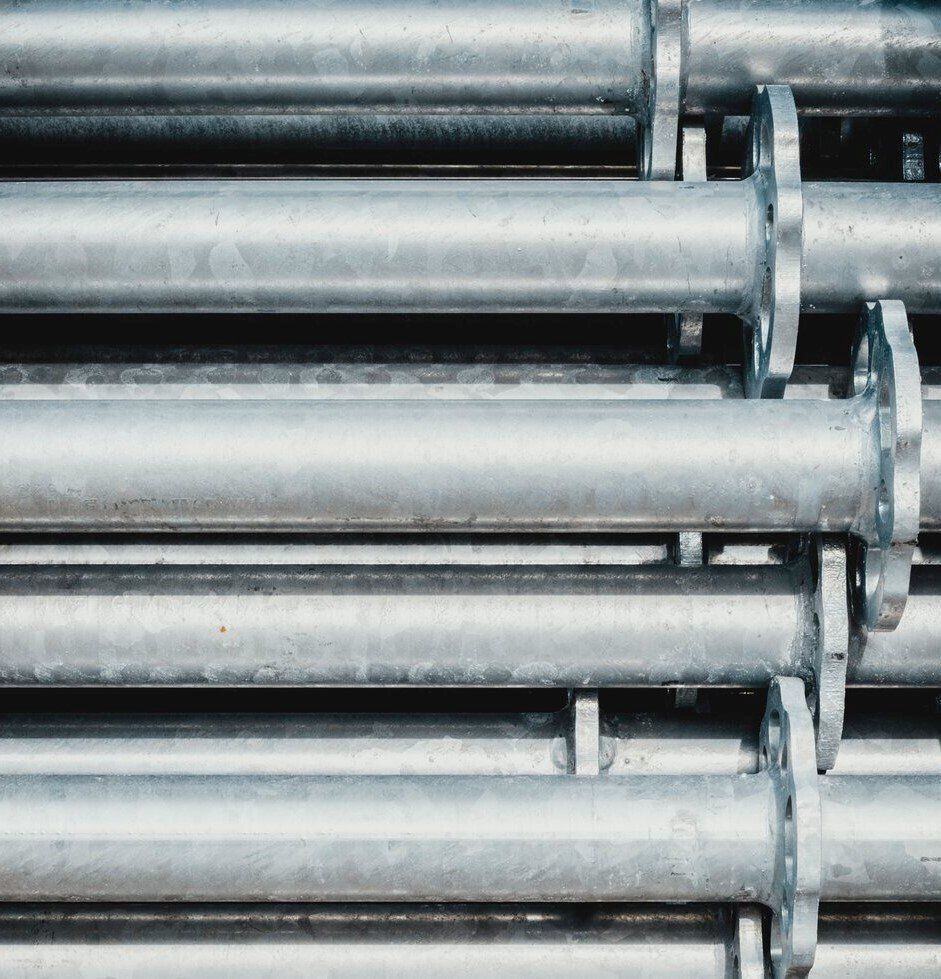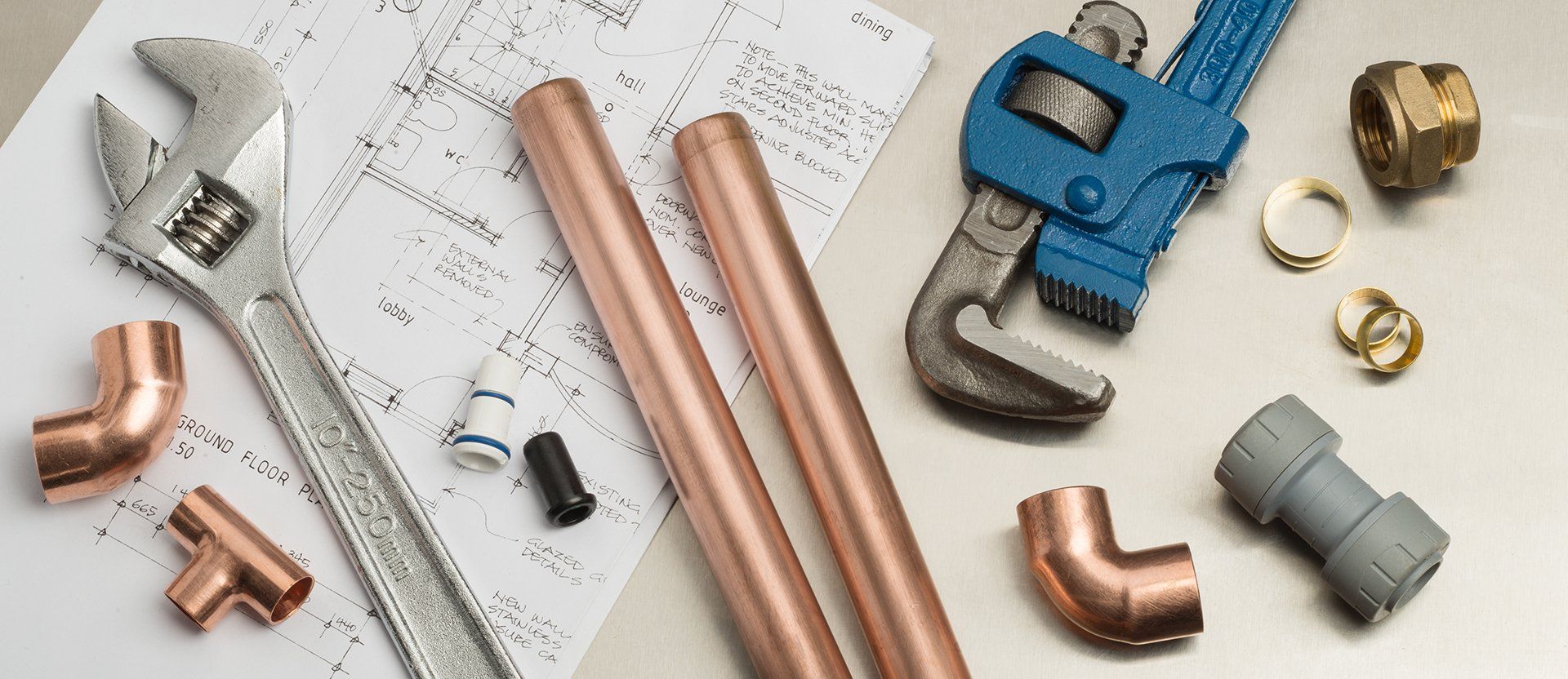6 Most Common Plumbing Problems
Plumbing is a common utility in the home and consists of the pipes and fixtures for the distribution of water or gas in a building and the disposal of sewage. All plumbing systems usually encounters certain problems from time to time. Much like a motor vehicle, the plumbing system in homes requires regular maintenance and upkeep. An Alexandria plumbing company suggests that homeowners, depending on the age of their home, on average, will call a plumber once every three years. There are many different types of plumbing problems commonly seen in homes.
Low Water Pressure
Low water pressure is a common issue with most plumbing systems. Water pressure determines the flow of water, and a low pressure reduces water flow to a trickle and results in spending a longer period of time collecting water or taking a shower. Low water pressure might occur due to hidden leaks in the pipes, corrosion and buildup inside old pipes. Keep in mind the faucets or showerhead aerator screens might need to be cleaned, as well.
Clogged Drain
If you have noticed water in your tub or your kitchen sink draining slowly, this might be caused by a clogged drain. Even if you do not have a complete clog, debris in pipes can slow drainage to a trickle. Clogging also produces a bad odor due to excessive nature of waste materials present. Commonly drains clog if they go for an extended period without cleaning.
Blocked Garbage Disposal
This often happens when disposing items that are of harder nature for the grinder to deal with, causing congestion and eventually blockage. Even when used with caution, garbage disposal units blocks and can be caused by putting inadvisable items into it, such as peelings and bones. Feeding garbage in too rapidly or failing to run enough water to flush out the drainpipes thoroughly while waste is processed are also ways to get a clog.
Running Toilets
Toilets can run when the flapper valve that allows water to pass from the tank to the bowl no longer fits in the right manner, the float is not balanced, or the fill tube comes loose. If you have replaced the flapper, float apparatus and fill tube, you may have sediments that have been deposited by some natural process that is affecting proper flushing and filling.
Leaky Pipes
Most pipes leak at the joints, and this is noticeable by the occurrence of wet spots on the ground or ceiling. Water leaking can also occur due to holes in the pipes caused by breakages or rust.
Dripping Faucets
Faucets regulate and control the flow of water from a reservoir or tank. When you turn off the tap, rubber or silicone washers forms a water-tight seal that prevents water from running through the pipes and out of the faucet. Over time, rubber washers inside the faucet can become stiff, torn or dislodged, allowing a tiny trickle of water through and creating a drip. Just like leaky pipes, dripping faucets causes a lot of water to go to waste and can result in high water bills. The only way to deal with a dripping faucet is to fix it right, since this problem commonly occurs over time, and is hard to avoid.
You might also like




